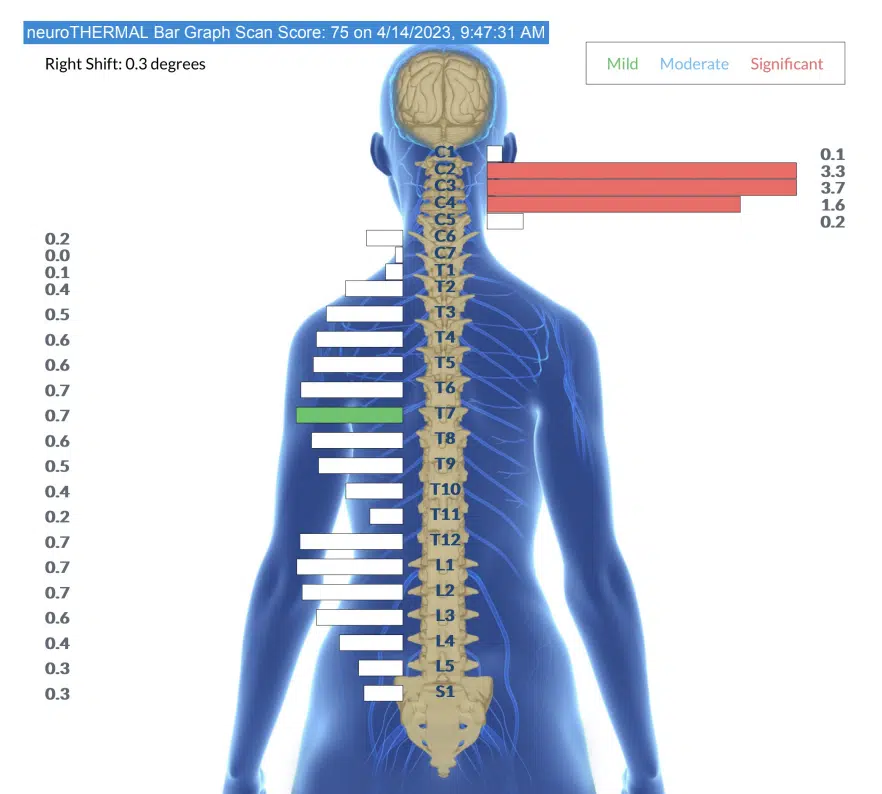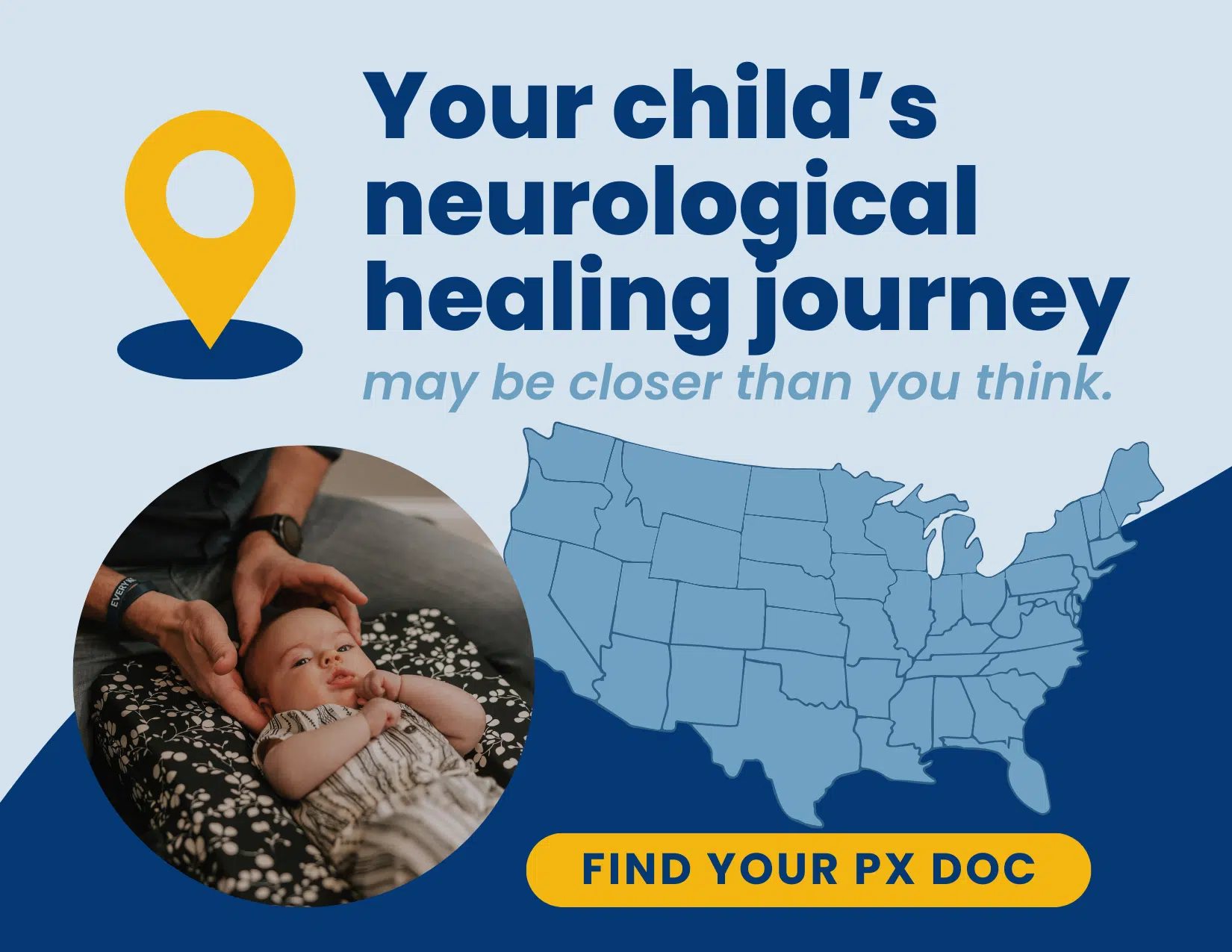As a parent, it’s gut-wrenching to see your child in pain, whether it’s from an ear infection, strep throat, or any other acute illness. You’re As a parent, it’s gut-wrenching to see your child in pain, whether it’s from an ear infection, strep throat, or any other acute illness. You’re doing everything you can to help them feel better. And for many, that leads to a quick prescription from the pediatrician, often an antibiotic like amoxicillin.
But what happens when just a few days later, your child breaks out in a rash… or their symptoms spiral in a different direction? Now you’re not just dealing with the original illness—you’re also worried about a possible allergic reaction or side effects.
We get it. You’re not alone in this.
Studies show that up to 10% of children prescribed antibiotics will develop a rash. For many parents, the sudden appearance of a rash is alarming and confusing. Is it a sign of a serious allergic reaction or just a harmless side effect? Should you stop the medication immediately or continue the course of care?
We understand the stress and uncertainty that comes with navigating your child’s health challenges. We also recognize that there’s often more to the story than meets the eye.
Our approach digs deeper, exploring the critical role of the nervous system in your child’s resilience—not only in handling medications like antibiotics, but also in helping to prevent sickness and infection in the first place.
In this article, we’ll provide clarity on the different types of amoxicillin rashes, their causes, and when to be concerned. More importantly, we’ll introduce you to a new way of thinking about your child’s health—one that gives you the knowledge and resources to help them thrive. So take a deep breath, and let’s dive in together.
What is an Amoxicillin Rash?
Amoxicillin is one of the most frequently prescribed antibiotics for kids, especially when they show up with common issues like ear infections, strep throat, or a cough that just won’t quit. But the truth is, it’s often handed out far too quickly, even when it’s not needed.
The overuse of antibiotics is an alarming problem within the traditional medical field.
Most childhood ear infections, for example, are viral, not bacterial. That means antibiotics like amoxicillin won’t help at all, and instead may come with unwanted side effects, from gut disruption to long-term immune challenges and even neurodevelopmental disorders.
One of the more immediate reactions parents notice? A rash.
An amoxicillin rash is a type of skin reaction that occurs in some children after taking the medication. But, it’s important to understand that not all rashes that occur while taking amoxicillin are true allergic reactions.
So, what does an antibiotic rash look like? The appearance can vary, but common antibiotic side effects include:
- Flat, red spots or patches that may be slightly raised
- Small, pink bumps that are symmetrically distributed on the body
- Rash appearing on the chest, abdomen, back, and sometimes the face, arms, and legs
- Rash typically develops 3-10 days after starting amoxicillin
- Non-itchy and resolves within a week of completing the medication course
In contrast, a true allergic reaction to antibiotics is more severe and requires immediate medical attention. Signs of an allergic reaction may include hives, swelling, difficulty breathing, and rapid heartbeat. These signs usually appear within hours of taking the medication and can be life-threatening if left unaddressed.
Causes of Amoxicillin Rash
To understand why some children develop rashes, whether from antibiotics like amoxicillin or even common viruses, we have to zoom out and look at the deeper connection between the nervous system and the immune system.
The truth is, kids don’t just get sick or react to everything because of bad luck or weak genetics. The real issue often lies in how well-regulated their nervous system is. That’s because it’s the nervous system that sets the tone for immune function.
When a child’s nervous system is in balance, especially the vagus nerve, which plays a central role in inflammation, digestion, and immune regulation, the immune system can do its job. It can fight off infections, manage inflammation, and have the best chance at processing toxic medications without overreacting.
But when the nervous system is under stress or stuck in a chronic fight-or-flight state, the immune system becomes hypersensitive and easily overwhelmed. That’s often the reason why some kids seem to react to everything — foods, toxins, even medications — while others don’t.
So what puts the nervous system under stress in the first place?
For many kids, it begins early, sometimes even before birth. Prenatal stress, birth interventions, and early exposure to antibiotics can all overwhelm the nervous system and lead to subluxation.
Subluxation is a subtle but significant shift or tension within the neurospinal system. When this interference is present, it disrupts the way the brain and body communicate, especially when it comes to immune function. Left unaddressed, this chronic nervous system stress leads to dysregulation, making a child more prone to frequent illnesses, skin rashes, allergic reactions, and more intense responses to everyday exposures.
The good news is that this root cause can be addressed. And when we help the nervous system heal, the immune system often follows.
Conventional Approaches to Amoxicillin Rash
When a child develops a rash while taking amoxicillin, many parents’ first instinct is to rush to the pediatrician for answers. Unfortunately, the conventional medical approach to managing antibiotic rashes often falls short, leaving families with more questions than solutions.
One of the most common issues with the traditional approach is misdiagnosis. Many pediatricians may mistake a harmless amoxicillin rash for a true allergy, leading to an overreaction and unnecessary discontinuation of the antibiotic. This can be problematic for several reasons:
- Stopping antibiotics prematurely can allow the original bacterial infection to return. As they multiply, they can mutate. Mutated bacteria become increasingly resistant to antibiotics, resulting in more severe illnesses.
- Unnecessarily labeling a child as “allergic” to amoxicillin may limit their future antibiotic options, even if they could safely tolerate the medication.
- Switching to a broader-spectrum antibiotic may cause more side effects and contribute to antibiotic resistance.
Another limitation of the conventional approach is the reliance on allergy testing for amoxicillin sensitivity. While skin prick tests and blood tests can be useful in some cases, they are not always reliable in predicting whether a child will develop an amoxicillin rash. Additionally, these tests do not take into account the deep connection between the nervous system, immune function, and medication responses.
By identifying and addressing subluxation, nervous system dysregulation, and other root causes of medication sensitivities, we can help children build the resilience they need to thrive, even in the face of life’s inevitable challenges.
Addressing the Root Cause with the PX Docs Approach
At PX Docs, we take a different approach. Our focus is on identifying and addressing the root cause of the issue, rather than simply suppressing symptoms or relying on limited conventional testing methods.
Central to our approach is Neurologically-Focused Chiropractic Care. This specialized form of chiropractic care aims to identify and correct subluxation in the neurospinal system that may be interfering with proper nervous system function. By gently restoring balance to the nervous system, we can help children build resilience and better adapt to stressors, including medications like amoxicillin.
It’s important to understand that our chiropractic care does not treat or cure specific conditions, including rashes, chronic infections, or immune disorders. Instead, our approach focuses on finding and addressing the root cause, often a stressed and imbalanced nervous system, in a natural, drug-free way. By helping the nervous system regulate and heal, the body is better equipped to support a healthy immune response from the inside out.
One of the key tools we use in our practice is the INSiGHT scanning technology. These advanced scans allow us to assess the function of a child’s nervous system, pinpointing areas of subluxation and dysregulation that may be contributing to their immune challenges or sensitivity to medications. By identifying these underlying issues, we can create a customized care plan that addresses the child’s unique needs and helps them heal from the inside out.

Our approach to amoxicillin rash goes beyond just managing the immediate signs. By supporting the child’s overall nervous system health, we aim to:
- Boost immune function and reduce inflammation
- Enhance the body’s natural resilience to stressors and toxins
- Improve digestion and nutrient absorption
- Support healthy brain development and cognitive function
- Reduce the risk of future adverse reactions to medications
Through adjustments and a drug-free approach to wellness, PX Docs can help children overcome the challenges of an amoxicillin rash and build a foundation for health.
Differentiating Between Allergic Reactions and Non-Allergic Rashes
As a parent, it’s essential to understand the difference between a true allergic reaction to amoxicillin and a harmless, non-allergic rash. While both may cause concern, the appropriate response and care plan will differ depending on the type of rash and reaction.
Signs of a true amoxicillin allergy include:
- Rapid onset of signs (usually within hours of taking the medication)
- Hives or widespread, itchy red patches
- Swelling of the face, tongue, or throat
- Difficulty breathing or wheezing
- Dizziness or fainting
If your child experiences any of these signs after taking amoxicillin, it’s crucial to seek immediate medical attention, as allergic reactions can quickly become life-threatening.
In contrast, a non-allergic amoxicillin rash typically presents with the following characteristics:
- Delayed onset (usually 3-10 days after starting the medication)
- Flat, small pink spots or slightly raised bumps
- Symmetrical distribution on the chest, abdomen, back, and sometimes face and limbs
- Non-itchy and resolves within a week of completing the antibiotic course
If your child develops a rash that fits this description, it’s likely a harmless side effect and not a cause for alarm. However, it’s still important to consult with a trusted healthcare provider who can offer a thorough evaluation and help guide the best care plan for your child.
Discovering Your Child’s Health Potential
Navigating the complexities of childhood health challenges like an amoxicillin rash can be a daunting task for any parent. But by understanding the role of the nervous system in your child’s overall health and resilience, you can take proactive steps to support their well-being and help them thrive.
At PX Docs, we are committed to providing parents with the knowledge, resources, and care they need to discover their child’s optimal health potential. By addressing the root cause of amoxicillin rash and other childhood health issues through Neurologically-Focused Chiropractic Care, we can help children build the foundation for a lifetime of vitality and resilience.
If your child has experienced rashes or other concerning signs, we invite you to visit our PX Docs Directory to find a qualified practitioner near you. With the right care and support, your child can overcome the challenges of antibiotic sensitivities and embrace a future full of boundless potential.
You have more power over your child’s health than you’ve been led to believe. By taking a proactive, informed approach to their care and partnering with a trusted PX Doc you can help them navigate the path to optimal wellness, one step at a time.





